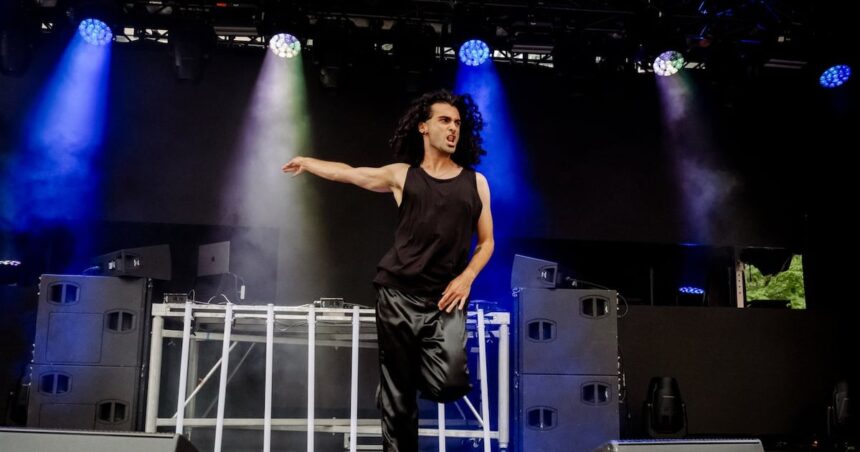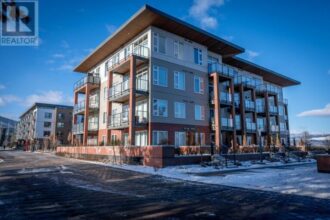Rainbow flags billowed across Toronto’s downtown core Sunday as hundreds of thousands gathered for the city’s iconic Pride Parade, marking the culmination of a month-long celebration of the LGBTQ2S+ community. The vibrant procession wound through the streets with an explosion of color, music, and impassioned calls for continued progress on equality issues.
“This isn’t just a celebration—it’s a statement that we exist, we belong, and we’re not going anywhere,” said Marina Chen, a parade participant who has attended Toronto Pride for over a decade. “The energy today feels especially powerful after years of pandemic restrictions.”
The parade, which began at the intersection of Church and Bloor streets before proceeding down Yonge Street to Dundas Square, featured over 300 groups, including community organizations, corporate sponsors, and political delegations. Mayor Olivia Chow marched alongside city councillors, while federal and provincial representatives showed their support, highlighting the political significance of the event.
This year’s festivities carried special meaning following recent legislative challenges to LGBTQ2S+ rights in various jurisdictions across North America. Many parade participants carried signs addressing these concerns, with messages focusing on protecting transgender rights and opposing discriminatory legislation.
“We’re seeing unprecedented attacks on our community in places we once thought were safe,” explained Jordan Williams, executive director of Toronto Pride Alliance. “That’s why this parade isn’t just about celebration—it’s about solidarity and resistance.”
The economic impact of Pride cannot be overlooked. According to business analysts, Pride Month activities generate approximately $650 million for Toronto’s economy, providing a significant boost to local hospitality, retail, and entertainment sectors still recovering from pandemic losses.
“Pride weekend is our busiest time of the year, typically doubling our normal revenue,” said Elena Martinez, owner of a restaurant in the Church-Wellesley Village. “But beyond the business benefits, we’re proud to create a space where everyone feels welcome.”
Security remained tight throughout the weekend following the dyke march on Saturday and trans march on Friday, with Toronto Police maintaining a visible presence while respecting the parade’s policy limiting uniformed officer participation. This protocol, established in 2017, continues to evolve as part of ongoing discussions about policing and community relations.
Despite scattered rain showers, the parade proceeded without major incidents, concluding at Dundas Square where celebrations continued well into the evening. The festival area along Church Street remained packed with revelers enjoying performances, food vendors, and community booths.
For newcomers to Canada experiencing their first Pride, the parade offered an opportunity to witness the country’s commitment to inclusivity. “In my home country, this would be impossible,” said Rafael Moreno, who arrived in Toronto as a refugee last year. “Seeing thousands of people celebrating together gives me hope for the future.”
As the festivities wind down and the cleanup begins, questions persist about how to maintain momentum for LGBTQ2S+ rights beyond the rainbow-filled weekend. With ongoing challenges to equality both at home and abroad, how will the spirit of Pride translate into meaningful action throughout the year?


















